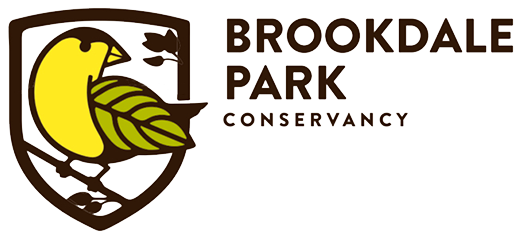by Yuliya Bellinger, Landscape Designer
The season for ordering seeds is upon us but did you know that even in January, you can kickstart certain seeds outdoors? Enter winter sowing.
What is winter sowing?
Winter sowing is a method of starting seeds in containers outdoors in winter, capitalizing on nature’s fluctuations in temperature to germinate the seeds. You might wonder, why not sow directly into the ground? Well, scattering seeds in your garden is an option, but the outcomes might not meet your expectations. Factors like birds, critters, competition from other plants, unpredictable weather, and various other conditions can lead to significant seed loss before germination. Even after sprouting, many seedlings may succumb to these same challenges, leaving you with only a handful of robust plants.
That's where winter sowing shines—it's a fantastic method for starting seeds and a fun activity to do with kids. It eliminates the need for grow lights, seed starting kits, and extra indoor space. Plus, the seedlings are sturdier and less susceptible to issues like 'damping off' or stretching due to lack of light. Hardening off becomes effortless since the seedlings are already acclimated to the outdoors. There's typically no need for watering, except in extremely arid climates—last I checked, New Jersey doesn't fall into that category.
How to winter sow?
All you need are containers, wide plastic tape, seed-starting mix, seeds, and a marker to label your plantings. I like to use plastic containers, such as repurposed milk or water jugs, which act as miniature greenhouses. This technique shields the germinating seeds from extreme weather conditions.
Prepare the containers by removing their tops—you won't need them. Natural precipitation like rain and snow will water the plants. Cut the containers in half, but not all the way, leave about an inch intact as a hinge. Create drainage holes in the bottom. Fill the bottom half with seed starting mix and sow your seeds. Be cautious not to sow too densely! I've found that germination is excellent, but it can lead to overcrowding among seedlings. Water thoroughly, close the container, and seal it with tape.
Place the containers outside in partial shade to protect the young plants from scorching in direct sunlight. Ensure they're not under the eaves of your roof, allowing water to enter. Leave them outdoors, and when conditions are right, the seeds will germinate, usually a few months after sowing, coinciding with warmer weather.
Regularly check on your containers to look for germination. Witnessing the first seedlings emerge might even give you a few heart flutters! On warm, sunny days, it's time to open the containers to let them breathe. Remember to close them again during cold nights. Once the seedlings grow tall enough to touch the top of the container, it's time to transplant them. Gently separate the plants and plant them in your garden.
What seeds do well with this method?
While winter sowing proves effective for many seeds, it's not universally suitable. It works best for perennials, encompassing natives, hardy and half-hardy annuals, and cool-season edible crops. This method is particularly advantageous for native perennials which generally require stratification (a cold period) before germination - winter sowing conveniently provides that.
If you've encountered challenges germinating natives like milkweed (asclepias), coneflower (echinacea), or beardtongue (penstemon), winter sowing might just be the solution you need.
Overall, winter sowing stands out as an effortless and enjoyable approach to seed starting, especially when you're itching to get your hands in the soil during the winter months.





